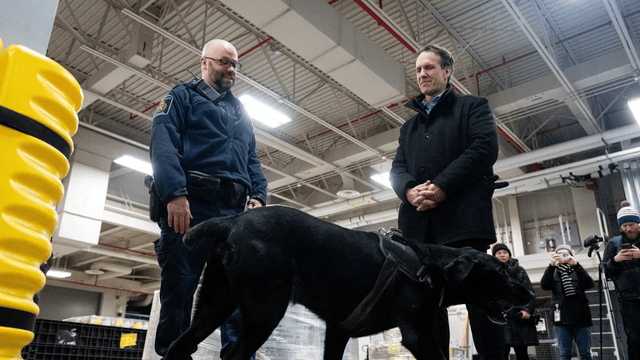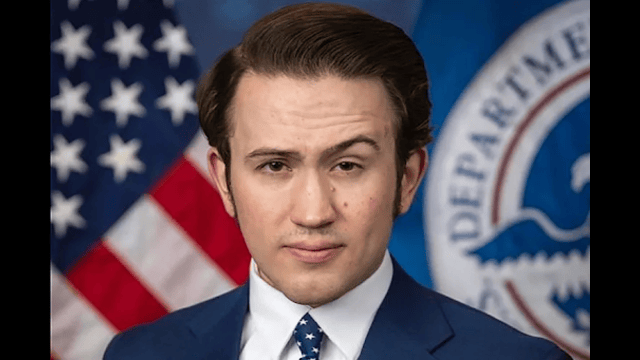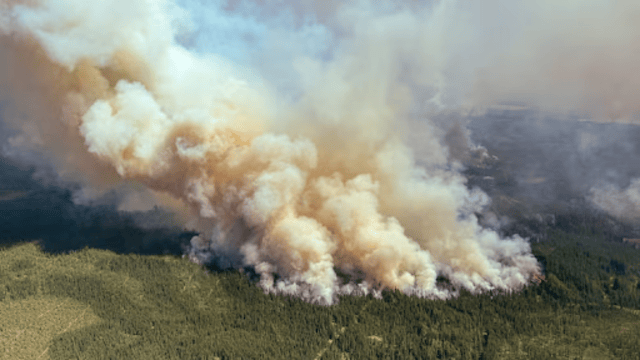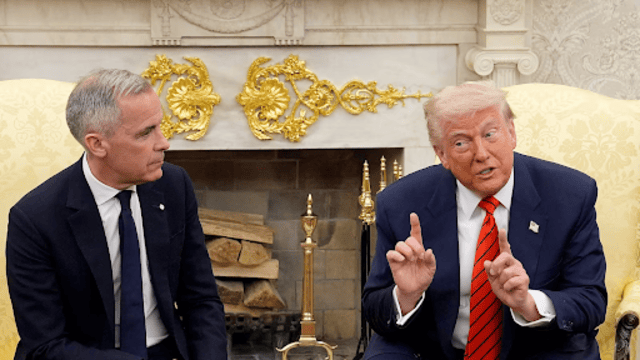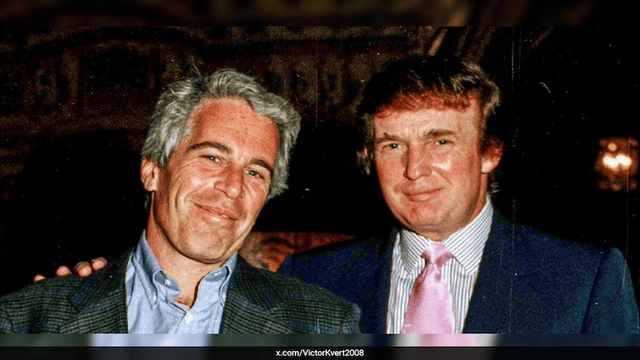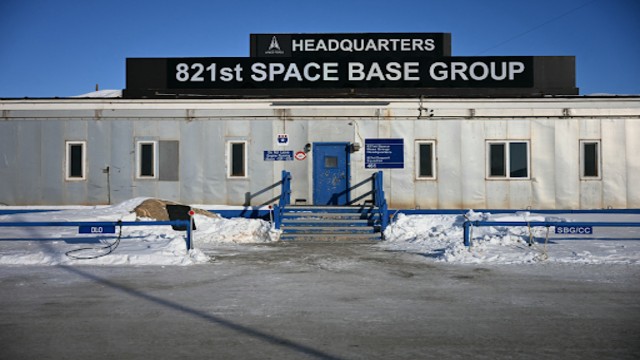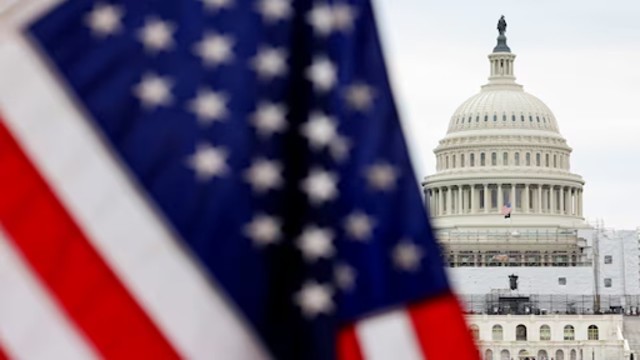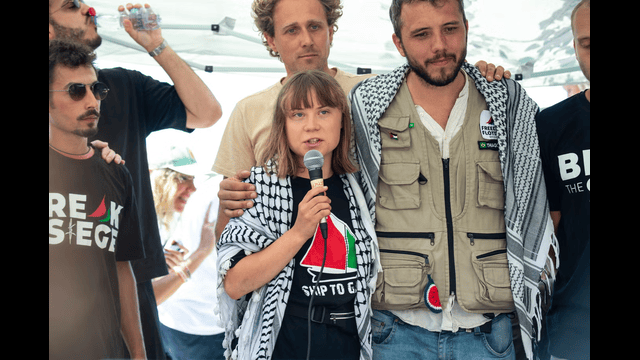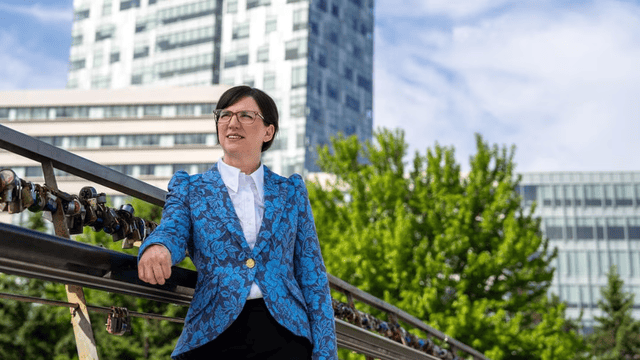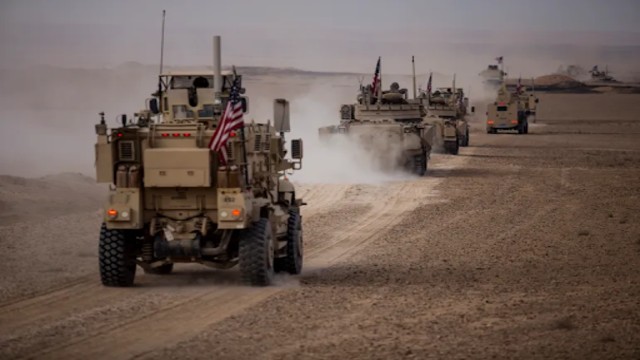
A US military convoy travels across northeastern Syria during a joint exercise with the Syrian Democratic Forces. AP Photo
The United States is scaling back its military operations in Syria. In a significant shift, it will shut down seven out of eight military bases across the country. Only one base in Hasakah, northeastern Syria, will remain operational.
This dramatic drawdown follows a new approach unveiled by Thomas Barrack, recently appointed US ambassador to Turkiye and special envoy for Syria. Speaking on Turkish broadcaster NTV, Barrack emphasized the failure of past American policies in Syria and promised a fresh start.
A Clean Break from the Past
Barrack did not mince words. “None of the previous policies have worked,” he said. “This is not going to be a continuation of the last 100 years.” According to him, the new strategy is a complete departure from old habits.
The closures impact American military installations in Deir Az Zor and other eastern provinces. Two security sources confirmed that equipment and troops are already being relocated. One source stated in April that "all troops are being pulled from Deir Az Zor."
Only Hasakah Will Remain
The remaining US presence will be limited to Hasakah, where American troops continue their partnership with the Kurdish-led Syrian Democratic Forces (SDF). Currently, around 2,000 US soldiers are stationed in Syria, most of them working alongside the SDF in counter-ISIL (ISIS) operations.
SDF and US-A Delicate Alliance
The SDF remains a complicated ally. Though a key player in the US’s anti-ISIL efforts, the group’s links to the Kurdish YPG militia have long raised concerns in Turkiye. Ankara sees the YPG as an offshoot of the outlawed PKK, a group it considers a terrorist threat.
Despite this, Barrack called the SDF “a very important factor” in US policy. He said integrating the SDF into Syria’s national armed forces is now a top goal. “Everyone needs to be reasonable in their expectations,” he added.
Political Shifts Fuel Strategy Change
Much of this realignment comes amid broader political changes in Syria. Since President Bashar al-Assad was ousted in December, a new government under President Ahmed al-Sharaa has gained international attention. In a symbolic move, Barrack recently raised the American flag over the US ambassador’s residence in Damascus—the first time since 2012.
However, not all parties are convinced. Turkish President Recep Tayyip Erdoğan recently accused the SDF of “stalling tactics,” despite their stated intention to merge with the Syrian army.
What’s Next for the US in Syria?
The drawdown reflects Washington’s desire to step back without stepping away entirely. The Biden administration appears committed to maintaining influence through diplomacy and selective military presence rather than full-scale involvement.
Whether this leaner approach will stabilize the region or create new gaps remains to be seen. But one thing is clear—the US is rewriting its Syria playbook.



